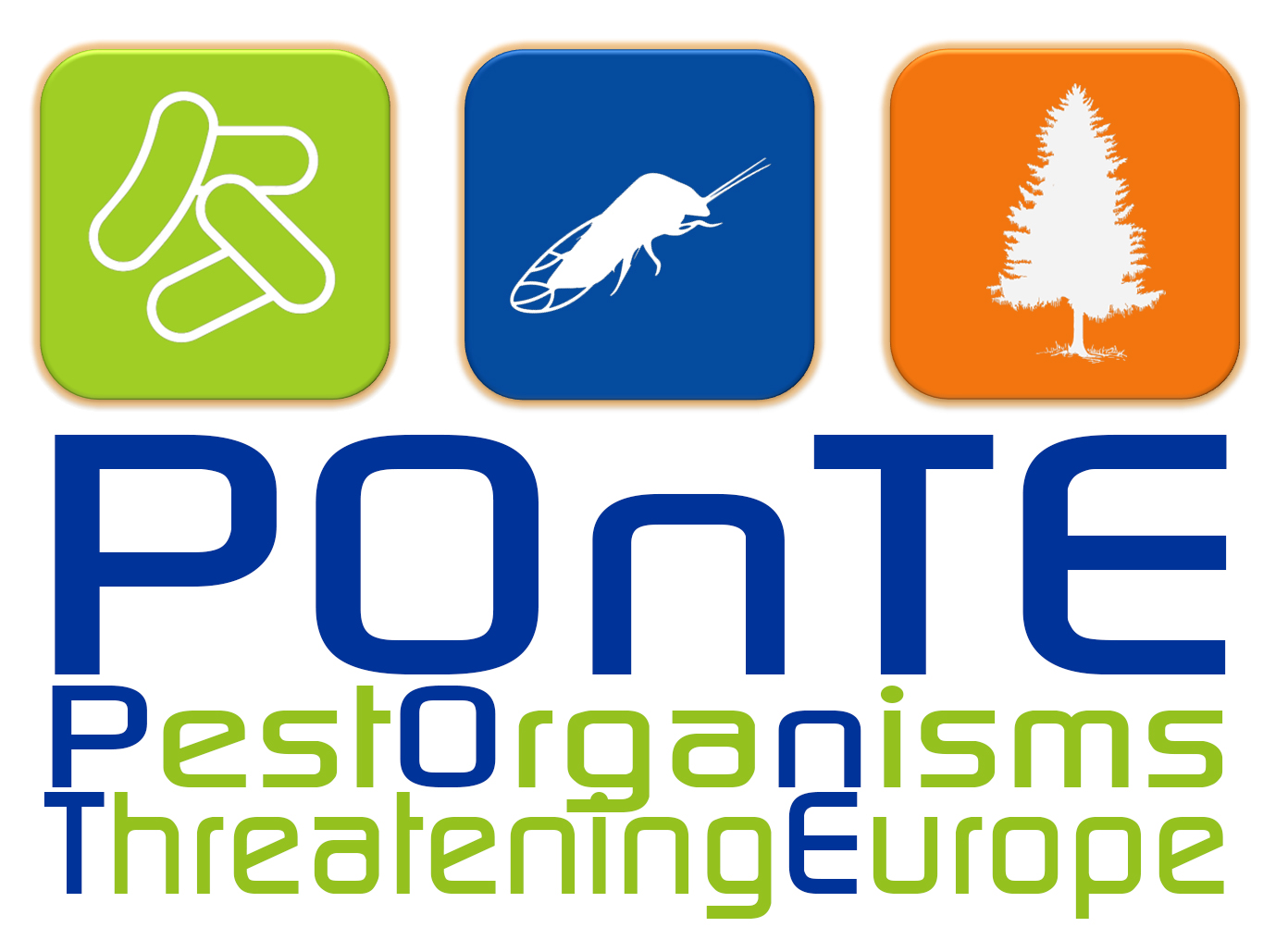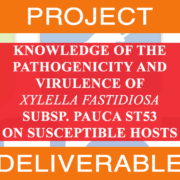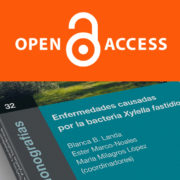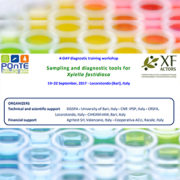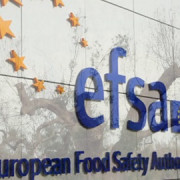Knowledge of the pathogenicity and virulence of Xylella fastidiosa subsp. pauca ST53 on susceptible hosts
Authors
Maria Saponari 1, Giuliana Loconsole 2 , Franco Nigro 2
Affiliations
1 Consiglio Nazionale delle Ricerche, Istituto per la Protezione Sostenibile delle Piante (CNR-IPSP), Bari, Italy
2 Dipartimento di Scienze del Suolo, della Pianta e degli Alimenti, Università degli Studi di Bari – Aldo Moro, Bari, Italy
DESCRIPTION
This deliverable summarizes the outcomes of experiments aiming at assessing the pathogenicity of isolates of X. fastidiosa subsp. pauca, ST53, infecting olives in Apulia, and to disclose the role of the bacterial infections in the etiology of the severe disease affecting olives in this area, the so called Olive Quick Decline Syndrome (OQDS).
OQDS was recognized as a complex disease, with olive trees found to be co-infected by X. fastidiosa and a number of sapwood fungal species. Thus, the main question driving the experiments was to assess the role of X. fastidiosa as causal agent of OQDS. To this, end, initial evidences that X. fastidiosa had a major role in the disease were collected in the framework of the EFSA pilot project (NP.EFSA.ALPHA.2014.07). Whereas, in the framework of the project POnTE, the research teams of partners P1 and P2 performed co-inoculations under controlled conditions of X. fastidiosa and different fungal species, and conducted extensive field surveys in the OQDS-affected olive groves (in the demarcated infected area of the Apulia region) to establish rates of correlation between bacterial infections and disease symptoms. In addition, vector-mediated transmission and grafting were also used to assess if bacterial infections could be graft-transmitted and symptoms of OQDS reproduced by grafting infected cuttings or upon vector transmission.
Submitted on February 7, 2019
